MXene Lithium-Ion Battery: Mobile Phone And Recycling Innovation 
Energy Disrupter
MXene Lithium-Ion Battery 
As we discussed in our past blog about how battery recycling works, lithium-ion (we can also refer to it as li-ion) is one of the different types of batteries we have today. It quickly became the go-to battery of the world’s most popular and best-selling mobile phones, in particular, because of three essential factors:
What makes lithium-ion batteries effective?
- It charges faster than most traditional batteries.
- Lithium-ion batteries simply last longer than other types of batteries.
- It has the capability to contain more battery life even with its small stature.
For all the lithium-ion battery’s upsides, it also has its own share of downsides that need improvements. In particular, because of their small build, lithium-ion batteries have limited lifespans. These types of batteries last 2 to 3 years.
>Download Now: Free PDF Business Owners Guide To Commingled Recycling Bin Services
In addition, they are rather difficult and expensive to recycle once their life ends. As a result, only 10 per cent of handheld devices’ batteries are recycled. Most of them end up in landfill, unfortunately.
Scientists have discovered the solution to this. Called MXene – pronounced ‘max-eens‘ – this type of ceramic has the capability to help the lithium-ion battery we know today become more recyclable and last longer.
There is a bit of a problem encountered using MXene, but a renowned Australian university’s group of engineers have found the solution to this. Below, we cover more about the MXene lithium-ion battery we expect to take over the technological world in the near future and more.
READ NOW: We Ask If Can You Recycle Spiral Notebooks
The future: MXene lithium-ion battery
What are MXenes? We give you a general background of what they are below.
According to Nanowerk, they are ceramics that comprise one of the largest families of two-dimensional (2D) materials. These inorganic compounds consist of minute-scaled sheets of transition metal carbides and nitrides. MXenes are made from a bulk crystal called MAX.
Because of their composition, MXene nanomaterials have inherently good conductivity and excellent volumetric capacitance. In fact, we can already see MXenes in applications such as energy storage, medicine and optoelectronics.
Now, this nanomaterial is being looked at by engineers as the solution to improve the lithium-ion batteries we have today. They turned to MXene nanomaterials to create lithium-equivalent batteries that we can recycle more easily than the traditional li-ion ones.
“Materials used in electronics, including batteries, generally suffer deterioration after two or three years of use due to rust forming,” mentions Amgad Rezk, RMIT School of Engineering associate professor, of the potential impact of the team’s work. “With our method, we can potentially extend the lifetime of battery components by up to three times.”
According to Leslie Yeo, Distinguished Professor of Chemical Engineering and lead senior researcher, “Unlike graphene, MXenes are highly tailorable and open up a whole range of possible technological applications in the future.”
MXene lithium-ion batteries, however, have not made their way to the market yet because of a problem.
MXene lithium-ion battery: what is the problem and is there a solution?
The main problem with creating MXene lithium-ion batteries, for now, is that they rust easily. This, as a result, does not make it any different than regular li-ion batteries: short-lived, making them short-lived, too.
However, the best of the best researchers and engineers from Australia’s RMIT University partnered with Sweden’s Linköping University, claim that they have now found the solution and have inched a step closer to manufacturing longer-lived and easily-recycled lithium-ion batteries with the MXene nanomaterials.
The solution? Blasting MXene lithium-ion batteries with sound once rust starts to form. Yes, you read that right – blasting MXenes with sound waves. How does this work? Co-lead author Hossein Alijani explains:
“Surface oxide, which is rust, is difficult to remove especially on this material, which is much, much thinner than a human hair.
“Current methods used to reduce oxidation rely on the chemical coating of the material, which limits the use of the MXene in its native form.
“In this work, we show that exposing an oxidised MXene film to high-frequency vibrations for just a minute removes the rust on the film. This simple procedure allows its electrical and electrochemical performance to be recovered.”
What to expect with these batteries in the near future
The team at Australia’s RMIT University believes that they can easily solve the problem of MXene lithium-ion batteries’ rusting and even extend their usable lifespan beyond the li-ion batteries of today. In fact, Rezk suggests that they can reach up to nine years of usage. The engineers at RMIT are also currently investigating rust removal using a sound-based approach for the integration of MXene into other devices which include sensors and renewable energy systems.
They have not reached any commercialisation deal yet that will allow MXene lithium-ion batteries to be released into the market. However, the team have not stopped and currently continues to search for industry partners.
What Waster thinks about the MXene lithium-ion battery
As an advocate for better recycling and waste management, the idea of a more recyclable and longer-lasting battery certainly excites us. We wish the best for the engineers at RMIT University and hope that they could release the MXene lithium-ion in the market. This could certainly be a game-changer and could be used by other applications in the future. So, let us wait and see.
[embedded content]
Contact Waster right now for your waste and recycling needs now!
Does your Australian-based business need waste and recycling services? If so, then you have come to the right website!
Please call 1300 WASTER (1300 927 837). You can also email us at [email protected] or [email protected] if you have further questions. Find the best deals in terms of waste and recycling pricing and services!
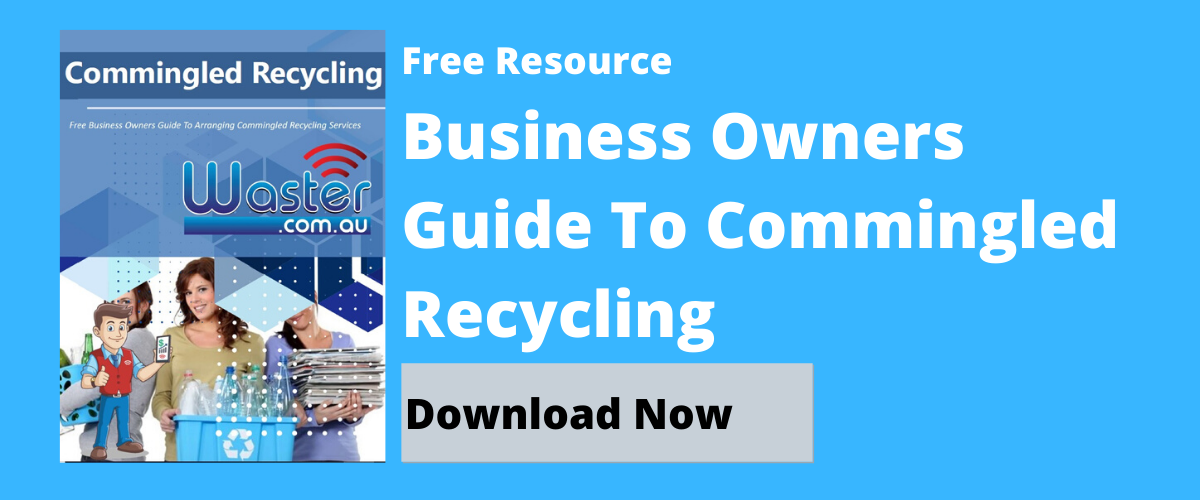






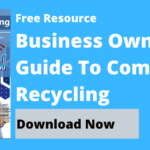
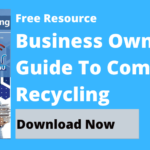






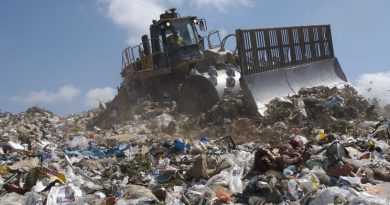

 – A Guide Made By Waster In 2020
– A Guide Made By Waster In 2020

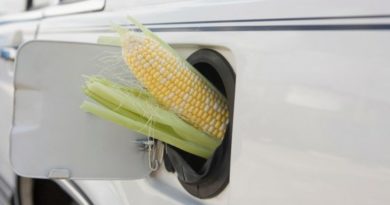
 – Green Waste Collections And Bins
– Green Waste Collections And Bins


 – Arrange Short Term Event Rubbish Bin Hire
– Arrange Short Term Event Rubbish Bin Hire

